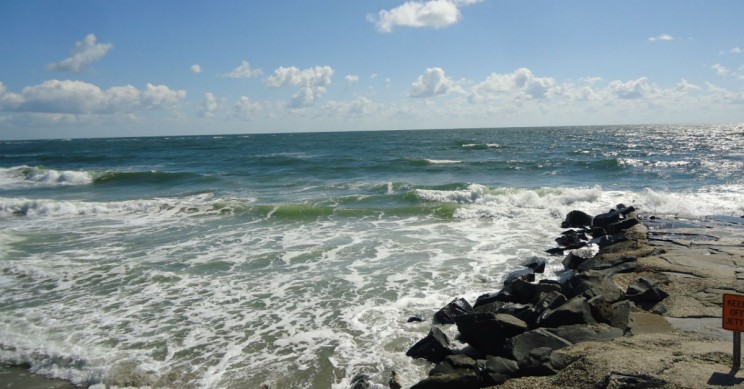A large freshwater aquifer has been discovered off the North East coast of the US, under the Atlantic Ocean. The accurate size of the aquifer is still unknown. For those who do not know; an aquifer means a layer of rock that contains and permeates water. However, despite not knowing the exact size, it has been established that it runs – at least – the length of Massachusetts to New Jersey that is about 220 miles.

This length possible makes it the largest aquifer that is known up until now. As per researchers, the water might date back to the Ice Age. Oil companies have been busy drilling in the area since the 1970s, and it was these companies that suggested first that there might be freshwater under the Ocean as they kept on discovering pockets of fresh water during drilling.

Kerry Key, co-researcher and a geophysicist at the Lamont-Doherty Earth Observatory at Columbia University in New York, began the research initially by assisting the oil companies in locating oil hotspots. He made use of electromagnetic imaging of the subseafloor (much similar to X-ray imaging bones). About twenty years later, Key adjusted the technology to find aquifers with freshwater deposits.
Key and another co-researcher, Rob Evans who is a senior scientist of geology and geophysics at the Woods Hole Oceanographic Institution in Massachusetts, spent a total of 10 days at sea where they took measurements off the East Coast of the US. The duo dropped instruments to the seafloor for the sake of measuring electromagnetic fields. A tool that was towed behind the ship was used for emitting electromagnetic pulses, thus gauging the seafloor reactions. The team was able to determine where the fresh water was being held.

The team has further established that the water is not stagnant. The team believes that the water is being fed by subterranean runoff from the land. The water is pumped towards the sea by the rising and falling pressures of the tides. This discovery would prove useful for the drought-stricken states.


